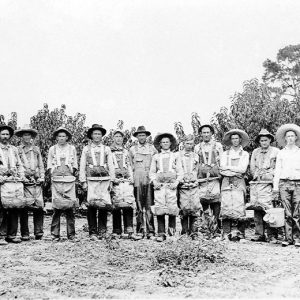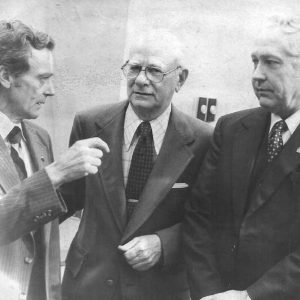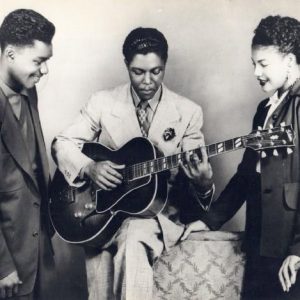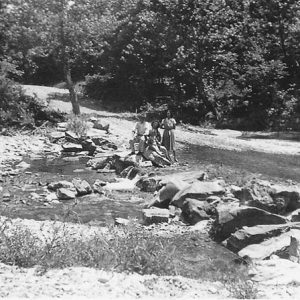Entry Type: Group - Starting with N
aka: Purple People
 Nashville Peach Pickers
Nashville Peach Pickers
National Association for the Advancement of Colored People
aka: NAACP
National Farmers’ Alliance and Industrial Union of America
aka: Southern Farmers' Alliance
aka: Farmers' Alliance
aka: Arkansas State Farmers’ Alliance
National Grange of the Order of the Patrons of Husbandry
aka: The Grange
aka: Arkansas State Grange
aka: Patrons of Husbandry
National Society of the Colonial Dames of America in the State of Arkansas
National States Rights Party
National Youth Administration
Native Americans
Nature Conservancy of Arkansas
 Knox Nelson and Colleagues
Knox Nelson and Colleagues
Newton County Historical Society
Night Riders
aka: Nightriders
aka: Whitecappers
aka: White Cappers
 Robert Nighthawk
Robert Nighthawk
Nineteenth Arkansas Infantry (CS)
Ninth Arkansas Infantry (CS)
North Little Rock Six
 North Sylamore Creek
North Sylamore Creek




